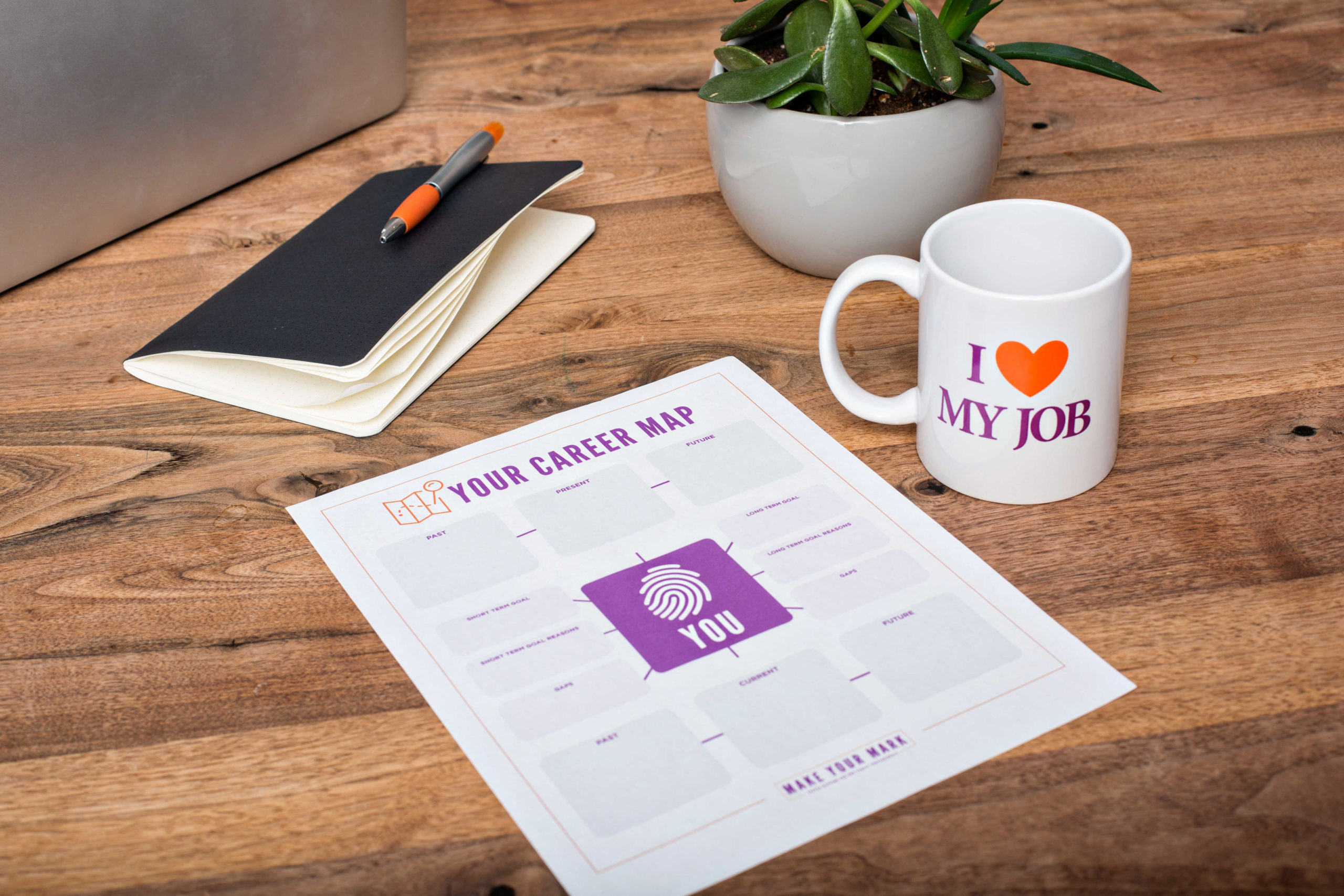
Build DEI Into Your Nonprofit Hiring—6 Step Action Plan
An award-winning nonprofit staffing agency—Careers In Nonprofits helps leading nonprofits and associations hire top nonprofit talent. Recruiting nationwide from nonprofit staffing offices in Washington DC, San Francisco, and Chicago.
Does your nonprofit have a DEI strategy in your hiring process?
Today, many organizations are taking powerful new steps in the fight for equal opportunity. Nonprofit leaders are starting new conversations, and raising new questions about DEI—and whether they are building a hiring process that brings real results for underrepresented job applicants.
But know that wherever your hiring department is on its journey to executing a DEI action plan—now’s the perfect time to re-evaluate its impact.
Fortunately in this guide: you’ll discover 6 steps you can implement today to diligently build a better, more sustainable DEI hiring strategy—while firmly advancing equal opportunity at your nonprofit.

1.
Building a DEI plan—starts with
one key value
Many hiring departments know that attracting an abundant source of nonprofit candidates comes down to one key value.
The purpose driving this value serves to give candidates a feeling of trust. Feelings of security. Honesty. And of course, integrity. But in short, this value helps your organization share what you truly stand for. Including the beliefs on which your mission was born.
This is transparency.
Focusing on transparency means starting with a DEI statement drawing on the deepest, inner-most values of your mission.
Let this statement serve as your North Star and guiding light of your new found DEI strategy. Let it serve as your unwavering reminder: “are we meeting the standards that we so diligently set?”

2.
Believing isn’t seeing—not with DEI
While many organizations give candidates an opportunity to learn about their mission’s values with a DEI statement—far more struggle with showing how that statement ties into their hiring process.
Creating a DEI hiring process that candidates can believe in—relies on the ability to effectively communicate real, actionable steps that demonstrate your organization’s commitment to equal opportunity.
Action + Transparency = Progress
E.g. Create a webpage dedicated to DEI—and openly share your nonprofit’s process:
1. Your Diversity Recruiting Strategies 2. Your Measures Preventing Biased Hiring 3. Your Training and Tools Assisting DEI
Doing this will prepare you for the next step in your mission for equal opportunity hiring.

3.
A river that forgets its source will surely dry up
– Yoruba Proverb
Building your DEI with a transparent, physical action plan is a great start. But by focusing on the main delivery of this action plan—you’ll begin to see candidate diversity grow.
Whether it be on your organization’s home job board, or across LinkedIn, Idealist, or Indeed; this is where many candidates are being introduced to your mission for the very time. (And at surprisingly high traffic rates.)
Breaking down barriers around DEI—demands that you break down the finest details.
You’ll find these details in the job description….

4.
The power of language—inclusive job descriptions
Language is the lifeblood in which nonprofits communicate their values.
Just as a founder so carefully and thoughtfully develops a mission statement—this same diligence goes a long way when being applied to the job description of your nonprofit organization.
Foundational steps to take:
1. Gender-neutral language: Replacing "s/he" with "you" prevents non-binary individuals from being excluded 2. Inclusive language: Removing masculine-coded terms: "assertive", "ambitious" "competitive", "driven", "decisive", "determined" 3. Not requirements, but results: This framing shifts attention to candidates' skills, and away from who they need to be as an individual 4. Values over culture: Focusing on "values" is a more professionally grounded approach to recruiting. This invites candidates to ask if they truly connect with your cause—not personalities in your office.

5.
Blind Hiring
Blind Hiring is slowly becoming more common in nonprofit hiring.
Working to prevent cognitive bias—this process asks nonprofit applicants to submit a resume with characteristics relating only to your role.
This means leaving out things like: name, age, race and ethnicity, and that common question we always see: “do you have a bachelor’s degree?”
Essentially, by asking for less—you stop cognitive bias at the source, and at a very early stage in your nonprofit’s hiring process.
6.
Work with a Nonprofit Staffing Agency
Staffing agencies make it easier to forward diversity at your organization.
Here are 3 ways you can benefit:
1. Diversity recruiting technologies: Today, cutting edge recruiting platforms are making their way to staffing agencies. New diversity sourcing tools and filters—are helping to recruit more diverse candidates for nonprofit organizations.
2. DEI hiring practices: Performing hundreds even thousands of searches every year—a staffing agency will give you a highly-experienced and research-driven recruiting process. Having this education at your fingertips—removes the likelihood of falling behind industry standards and your organizational aims for DEI.
3. Larger nonprofit talent pools: Finding diverse nonprofit talent is harder when you’re recruiting exclusively from inside of your current talent pool. Staffing agencies guarantee a deeper and more diverse database of nonprofit applicants.
_________________________________________________________________________________
Most importantly—if there’s one thing you take away from this guide—remember transparency.
By leading with transparency you set the framework for a DEI hiring process that’s driven by values, real actionable steps, and guaranteed results.
_________________________________________________________________________________
Find diverse talent
for your nonprofit.
Careers In Nonprofits helps top nonprofits and associations find diverse talent for their organizations.

